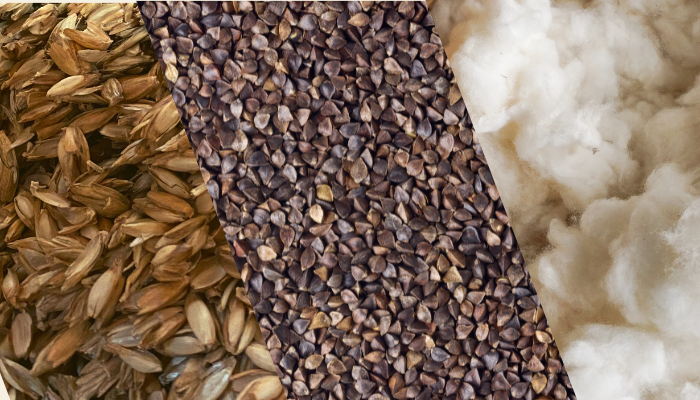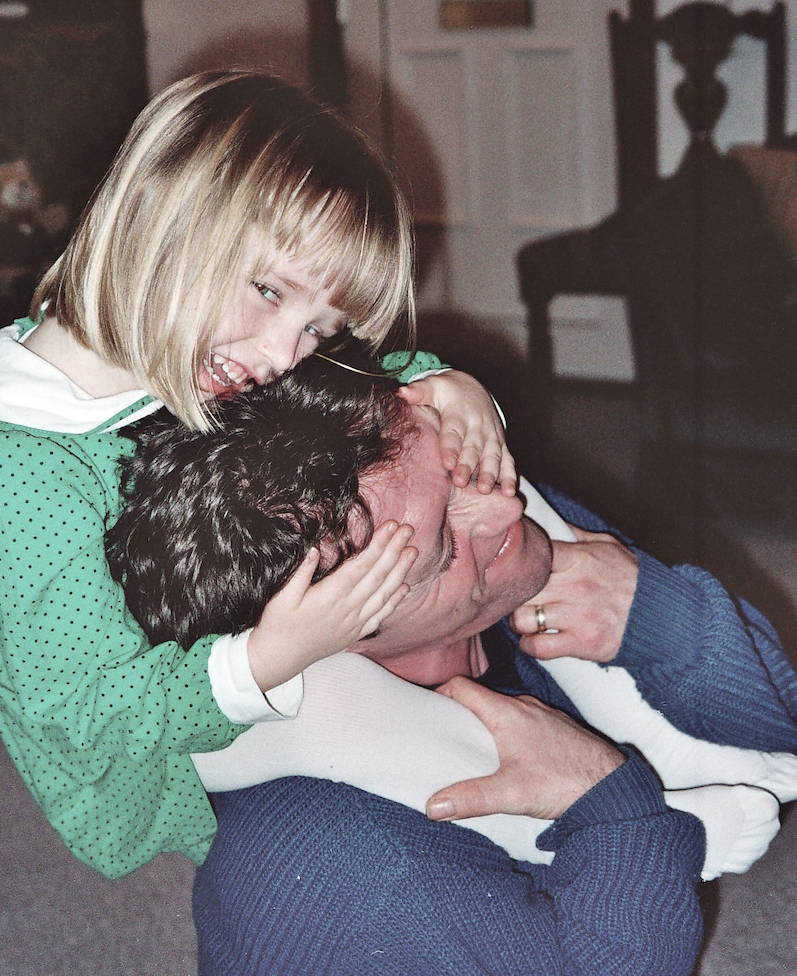The Yamas: A deeper look at aparigraha

Aparigraha (ah-pah-ree-grah-hah) translates to non-possessiveness or non-attachment. This important yama teaches us to take only what we need, keep only what serves us in the moment and to let go when the time is right. It builds upon the previous yamas and asks us to look at where we are clinging onto things that we no longer need.
The Physical: Possessions
Let's start with physical possessions: look in your wardrobe, cupboards and drawers. Do you need everything you have? Do you use everything that you have? We live in a culture that values material possessions. We have an infinite amount of choices when we go shopping - in fact we are paralysed by choice. Buying one thing can take hours! Marketing has become a science with companies able to target us based on our digital footprint, making us believe we need that thing, when most of the time we don’t. We tell ourselves that said thing will be the answer to all of our problems. That once we buy the thing we will (finally) be happy. But this simply isn’t true. I’m sure you’ve realised by now, physical possessions do not bring the long term happiness you are looking for. Sure, you’ll feel happy for a few minutes, hours or even days but soon you’ll be left wanting more. The gap or hole will still be there. The plaster you used to try and hide it will peel away and you’ll be searching for an even bigger, better and fancier plaster to cover it only to realise it peels away too.
Take this as an invitation to have a clean and declutter. Many of us feel better after we have sorted our external environment and things. We feel lighter. We realise that our possessions have the capacity to weigh us down since we become attached to them. This attachment can lead to fear. And operating from a place of fear weighs us down further, continuing the cycle. Can you practice aparigraha and keep only what you need? I recommend using the Marie Kondo method; a great way to learn what actually brings you joy and what you can remove. By holding each item and asking yourself does this bring me joy?” you will learn the visceral signs in your body that show when you feel joy, a deep inner joy. You will learn the kinds of things you value and the things you don’t. And you’ll know exactly what you have and what you genuinely need so the next time you’re shopping or targetted with an ad, you will be able to distinguish whether you need the thing or not. Perhaps asking yourself - do I really need this? Will it bring me long-lasting joy? Will it add value to my life?
As you remove what you don’t need you’ll start to feel physically lighter. You’ll start to appreciate the little things. The things that aren’t physical at all.
The Emotional: Feelings
Emotionally, humans have a tendency to cling on to the 'positive' feelings and run away from the 'negative' feelings. Yet what do positive and negative even mean? All emotions serve a purpose. They are there to inform us, teach us, protect us and guide us. They are two sides of the same coin; there is no joy without sadness, no pleasure without pain. Yogic philosophy teaches us to accept emotions without making them wrong. To treat each emotion equally. To allow each emotion to be in motion and flow through us without judgement, story telling or attachment. If there is sadness let there be sadness. If there is anger let there be anger. If there is joy let there be joy. We allow each emotion to be experienced without clinging on to it or without trying to block or numb it. By allowing the emotions to ebb and flow, to come and go, we truly live in the present moment. We know this too shall pass and so we let it be and let it go.
The Mental: Thoughts
The human mind dislikes change. Even when the current situation is destructive, is harming us in some way, is causing us pain, is holding us back, we are still afraid of taking that first step to change - better the devil you know, right? This is why we stay in jobs, relationships, friendships and situations too long and some of us never leave. And even for those of us who manage to make the change, some of us are still clinging onto the past - a past that did not and does not serve us. We relive the situation over and over, perhaps changing the outcome in our minds, perhaps berating ourselves, perhaps both. We mentally punish ourselves. The past has already happened. We cannot change it. Instead, we need to terms with it, accept it, learn from it and move on. And we must find our unique way of doing this, be it therapy, coaching, journaling, movement, singing, none of the above, some of the above or all of the above. We do not allow the situation to keep us small, to hold us back, to dim our light. With our yoga practice we learn to stay in the present moment. We free ourselves from the mental chatter learning that our thoughts are not facts, we are not our thoughts. We learn that we are stronger than our thoughts. We learn to make friends with our mind and ourselves since it’s the longest relationship we will have.
We have unpacked a lot here. Aparigraha is a vast topic that can be applied to most situations in our lives. Here are some journaling prompts to guide you to dig deeper:
How can you bring aparigraha into your life?
How can you experience the freedom aparigraha has to offer?
How can you stop clinging on to material possessions?
How can you stop clinging on to 'positive' emotions?
How can you stop running from 'negative' emotions?
How can you let go of the past?
How can you bring more presence into your day?
If you need any guidance or have any thoughts or questions please do DM or email me.
With love and gratitude,
Jyoti x
(pronounced Jyo-thee)










Leave a comment